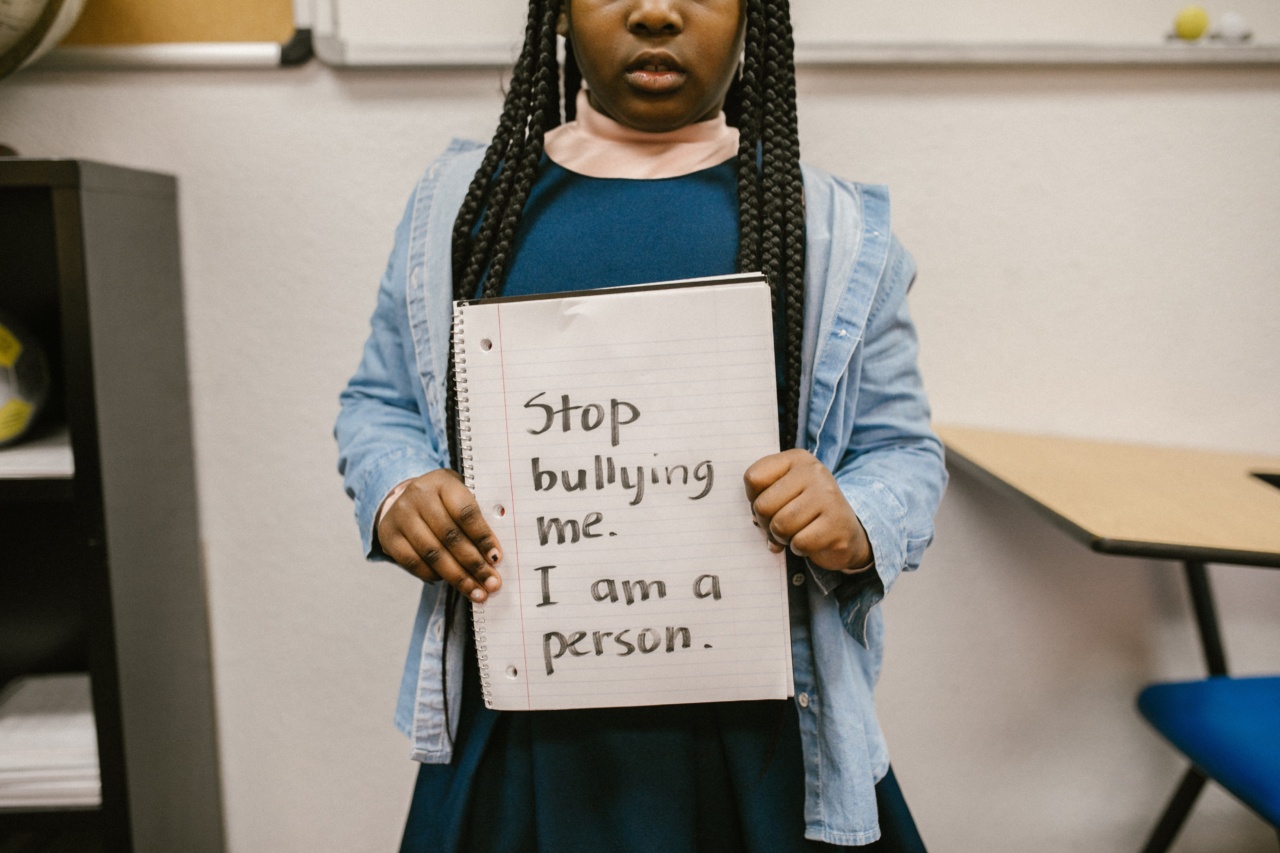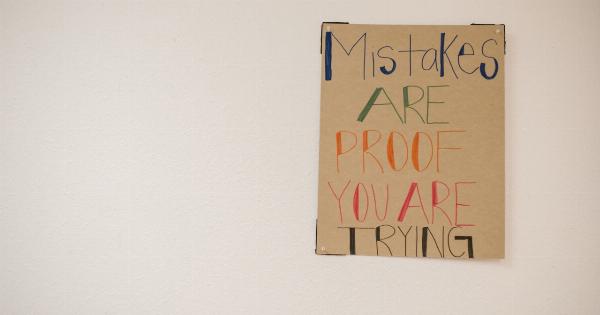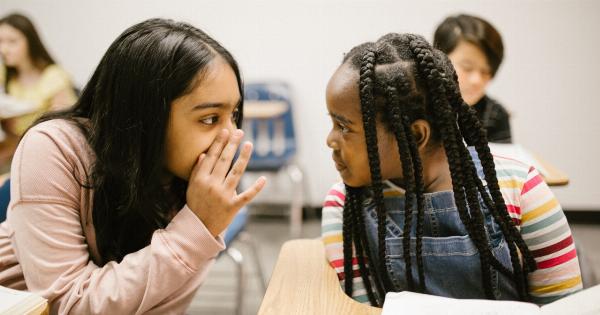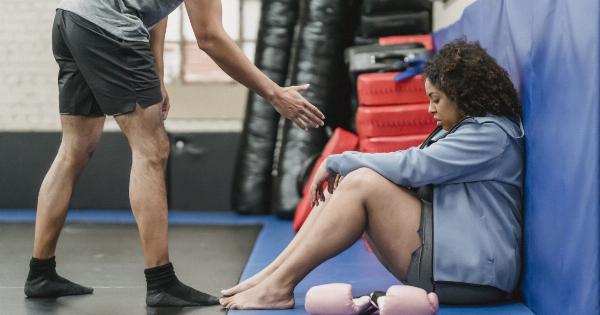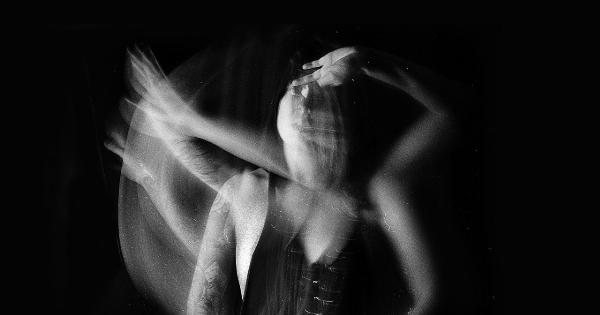School bullying is a serious issue that affects the mental health and well-being of both bullies and their victims. While many interventions have been implemented to address it, some of them have not been as effective as hoped.
Recently, there has been growing interest in the role of observers in changing the dynamics of school bullying.
What are Observers?
Observers are individuals who witness bullying incidents, but are not directly involved in them. They include classmates, teachers, and other school staff who may see bullying occur in the classroom, playground, or online.
Observers can either reinforce or intervene in bullying situations, depending on their actions.
Types of Observers and their Role in Bullying Dynamics
Observers can adopt different roles in bullying situations, including:.
- Reinforcers: These are observers who encourage or support bullying behavior through their words or actions. They may laugh, cheer, or join in the bullying.
- Passive bystanders: These are observers who witness bullying but do not do anything about it. They may feel awkward, scared, or unsure of what to do.
- Proactive defenders: These are observers who intervene in bullying situations to help the victim or stop the bullying. They may confront the bully, offer support to the victim, or seek help from adults.
How Observers can Affect Bullying Dynamics?
The behavior of observers can have a significant impact on the dynamics of bullying in school. Research has shown that:.
- Reinforcers can increase the likelihood of bullying by providing positive feedback to the bully and creating a social norm that encourages such behavior.
- Passive bystanders can contribute to the persistence of bullying by allowing it to continue without consequences. Their inaction may also communicate to the bully that their behavior is acceptable.
- Proactive defenders can decrease the incidence of bullying by challenging the bully and altering the social norm that supports it. Their actions can also provide emotional and social support to the victim, making them feel less isolated and helpless.
Why do Observers Behave in Certain Ways?
Observers’ behavior in bullying situations can be influenced by various factors, such as:.
- Social norms and values: Observers may conform to norms and values that support or discourage bullying behavior. For example, if the norm is to “toughen up” and not show vulnerability, observers may perceive the victim as weak and undeserving of help.
- Fear of retaliation: Observers may fear retribution from the bully or their peers if they speak up against bullying. They may also fear social exclusion or negative consequences from authority figures.
- Lack of knowledge or skills: Observers may not know what to do or how to intervene in bullying situations. They may also lack the confidence or assertiveness needed to challenge the bully effectively.
How Can Observers’ Behavior be Changed?
To change the behavior of observers in bullying situations, several strategies have been proposed, including:.
- Education and awareness: Providing information about the harmful effects of bullying and the role of observers in perpetuating or stopping it can increase their knowledge and motivation to act.
- Empowerment: Giving observers the skills and tools to intervene in bullying situations can increase their confidence and ability to take action. This can include training in assertiveness, communication, empathy, and conflict resolution.
- Peer support: Encouraging a culture of mutual support and respect can facilitate the behavior of proactive defenders and reduce the influence of reinforcers. Peer support can also provide emotional and social connections among students that can buffer the negative effects of bullying.
- Consequences for inaction: Applying consequences to passive bystanders who witness bullying but fail to intervene can create a social norm that promotes the behavior of proactive defenders and reduces the tolerance for bullying.
Conclusion
Observers play a crucial role in the dynamics of school bullying. Their behavior can either reinforce or interrupt the cycle of aggression and victimization.
By understanding the factors that influence their behavior and implementing effective strategies to change it, we can create a safer and more supportive school environment for all students.
